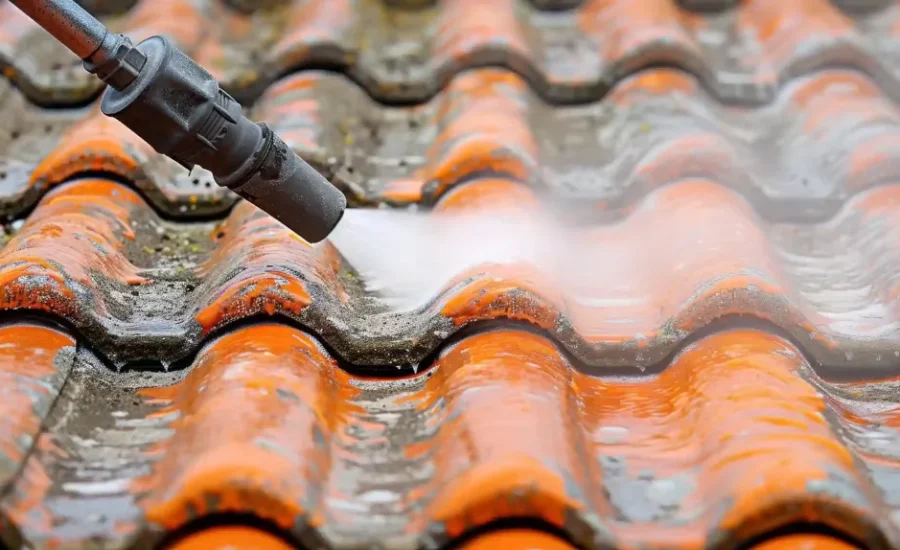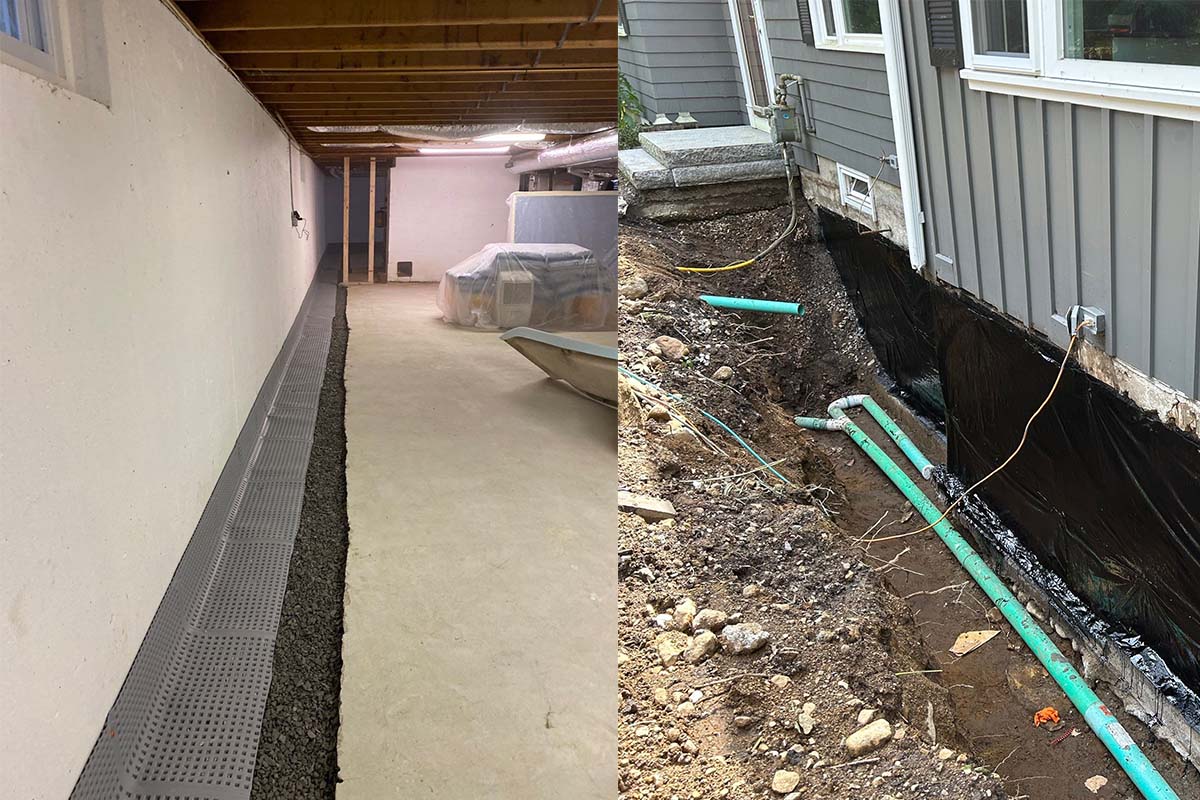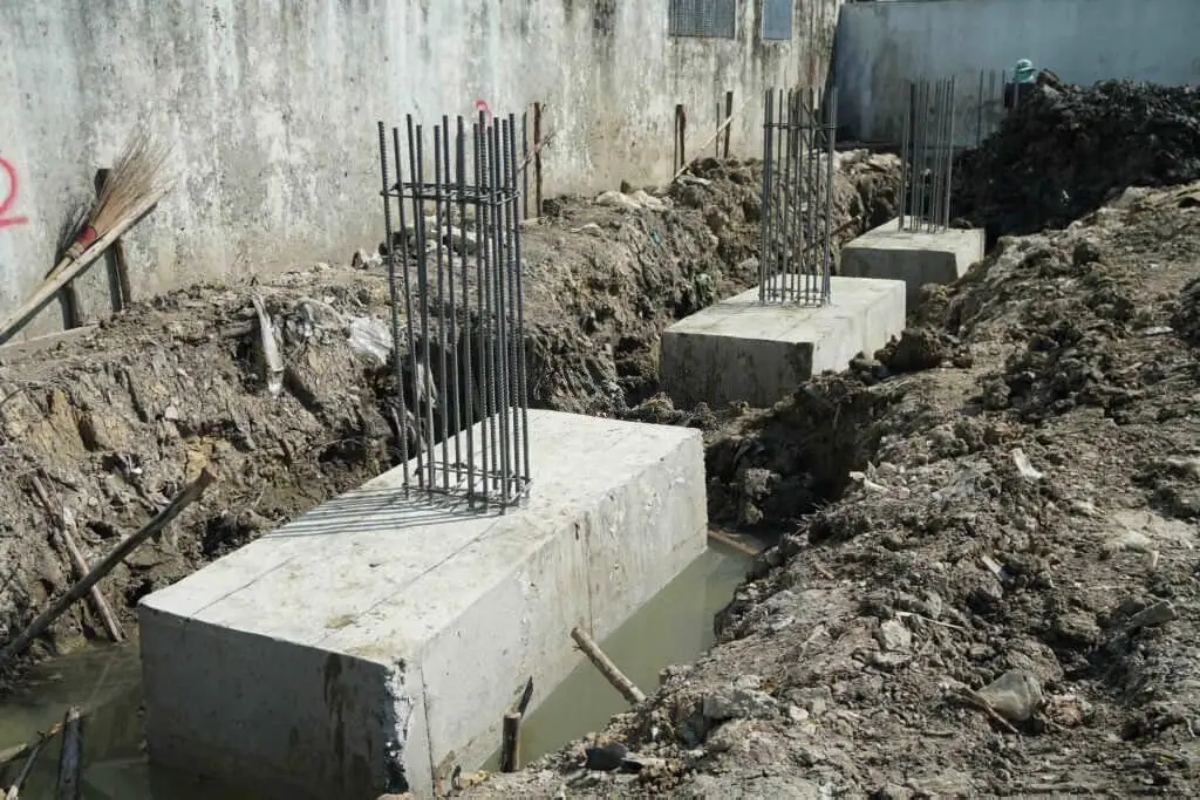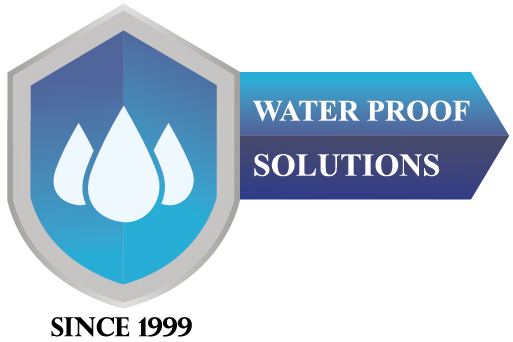Waterproofing & Insulation Services
Waterproofing & Insulation Services
Protect your building against water damage and ensure long-lasting durability with our comprehensive waterproofing and insulation solutions.
- Internal & External Waterproofing: Designed to shield your property from moisture-related issues, from bathrooms and kitchens to external walls and roofs.
- Building Substructure & Superstructure Protection: Safeguard foundations, basements, and upper structures with advanced waterproofing techniques tailored to the UAE’s climate.


Internal & External Waterproofing

Building Substructure & Superstructure Protection
Importance of Waterproofing Your Building in the UAE
Waterproofing is a crucial step in construction and maintenance, especially in a climate as extreme as the UAE’s. The combination of intense heat, occasional heavy rain, and high humidity levels can lead to water damage, compromising the structural integrity of buildings.
Here’s why waterproofing your building in the UAE is essential:
We use all types of waterproofing membranes including Bitumen(SBS & APP), PVC, HDPE, EPDM, TPO and others, providing the membranes with suitable protection layers to achieve a durable full containment of the structure.
1. Protection Against Water Damage
The UAE experiences sporadic but intense rainstorms, especially during the winter months. Without proper waterproofing, water can seep into walls, roofs, and foundations, leading to:
- Structural Deterioration: Continuous water exposure can weaken concrete, cause steel reinforcements to rust, and erode building materials over time.
- Cracks and Leaks: Water infiltration leads to cracks in walls, ceilings, and floors, which not only affect the aesthetics but also the safety of the structure.
- Mold and Mildew: Water retention in the building materials creates the perfect environment for mold and mildew, which can affect indoor air quality and cause health problems.
2. Heat and UV Protection
The scorching sun in the UAE can cause surfaces, particularly roofs and exterior walls, to expand and contract. Without waterproofing, this thermal stress can result in:
- Cracking: Repeated heating and cooling weakens surfaces and causes cracking, allowing moisture to enter.
- UV Degradation: Waterproof coatings provide an extra layer of protection against the harmful effects of UV rays, which can degrade materials over time.
3. Energy Efficiency
Waterproofing, especially with modern materials, can improve your building’s energy efficiency:
Insulation: Waterproofing materials can act as an insulating layer, reducing heat transfer through roofs and walls. This helps maintain a cooler indoor environment, lowering the reliance on air conditioning, and reducing energy bills.
4. Increased Property Value
A well-waterproofed building is more durable and requires fewer repairs. This long-term protection:
- Enhances Durability: Proper waterproofing extends the life of the building, protecting it from moisture-related damages.
- Boosts Market Value: Property buyers and tenants in the UAE prioritize buildings with adequate waterproofing,ensuring reduced maintenance and a safer environment.
Materials Required for Waterproofing in the UAE
Here are the key materials commonly used for waterproofing in the UAE, considering the hot climate and construction standards:
1. Bitumen Membranes
- Usage: Widely used for roofs and foundations.
- Advantages: Provides a strong, water-resistant barrier and is durable against high temperatures.
- Application: Bituminous sheets are applied with heat to form a continuous, seamless waterproof layer.
2. Polyurethane Waterproofing
- Usage: Ideal for flat roofs, balconies, and terraces.
- Advantages: Provides excellent water resistance, flexibility, and UV protection.
- Application: Applied as a liquid, polyurethane forms a seamless membrane that bonds well with most surfaces.
3. Cementitious Waterproofing
- Usage: Commonly used for wet areas like kitchens, bathrooms, water tanks, and basements.
- Advantages: Easy to apply and ideal for internal surfaces exposed to moisture.
- Application: A cement-based product that can be applied with a brush or roller.
4. Liquid Waterproofing Membranes
- Usage: Suitable for both roofs and walls.
- Advantages: Easy to apply and flexible, ensuring crack bridging.
- Application: Applied in multiple coats, these liquid membranes dry to form a waterproof barrier.
5. EPDM (Ethylene Propylene Diene Monomer)
- Usage: Primarily used for roofs.
- Advantages: Highly durable and UV-resistant, making it perfect for the UAE’s harsh weather.
- Application: EPDM sheets are rolled over surfaces and bonded to create an effective seal.
6. Crystalline Waterproofing Additives
- Usage: For concrete structures such as foundations and basements.
- Advantages: React with moisture to form crystals that fill in pores and cracks, preventing water from penetrating the concrete.
- Application: These additives are mixed directly into the concrete before pouring.
7. Acrylic Waterproofing Coatings
- Usage: Used for roofs and walls that need extra protection from water and heat.
- Advantages: Offers flexibility and UV resistance, as well as waterproofing properties.
- Application: Applied with brushes, rollers, or sprayers for a smooth finish.
8. Geotextiles
- Usage: Often used in conjunction with membranes for additional protection in foundation walls or landscaping.
- Advantages: Provides filtration, separation, and protection in waterproofing systems.
- Application: Used as a base layer with other waterproofing materials to prevent damage from soil and water.
Conclusion
Waterproofing your building in the UAE is essential for maintaining its structural integrity, improving energy efficiency, and preventing costly repairs. The right choice of materials depends on the area of application, whether it’s the roof, foundation, or interior spaces. By investing in high-quality waterproofing solutions, you ensure your building is well-protected against the UAE’s unique environmental challenges, from heat to humidity and sudden rainfalls.
